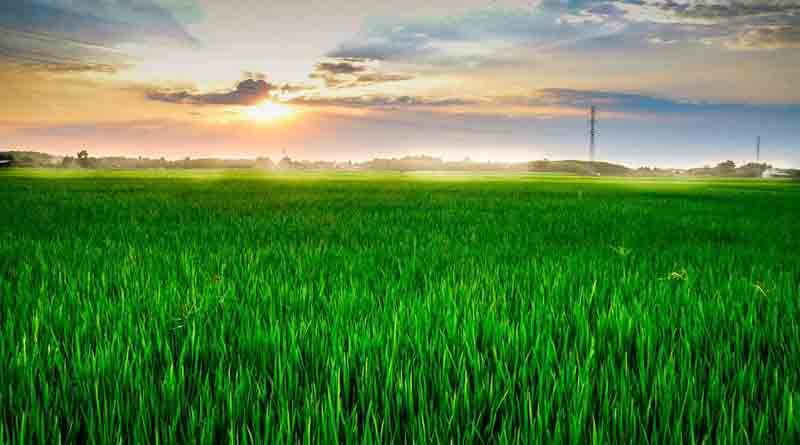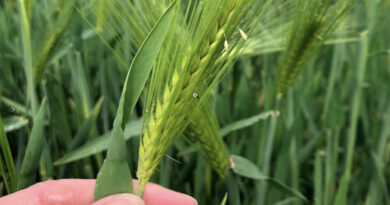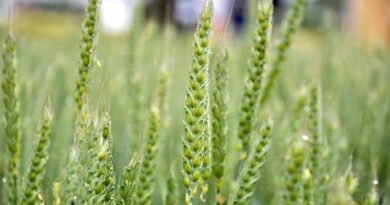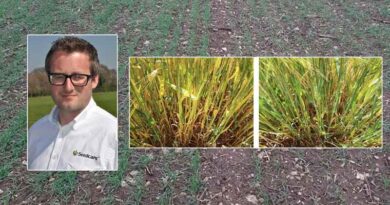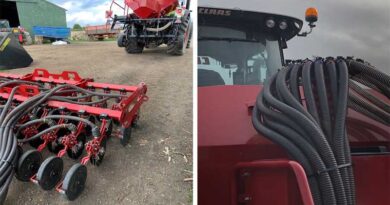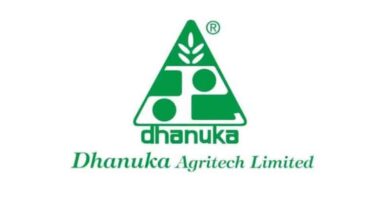Factor in fertiliser cost with spring crop decisions
23 November 2022, UK: Cereal growers deciding when to stop planting winter wheat so that fields can be put into spring barley may need to factor in continued high fertiliser costs as part of this decision.
That is the message from Syngenta seeds portfolio marketing manager, Kathryn Hamlen, who says this year’s kind autumn has seen good progress with winter wheat drilling, but as drilling shifts later there comes a point when deciding to drill a spring crop instead becomes more attractive.
Typically, this decision revolves around factors such as the declining yield potential of winter wheat with later drilling and concerns about crop establishment, says Mrs Hamlen. But with high fertiliser costs, she says the lower nitrogen (N) fertiliser requirement of spring malting barley has increasingly become part of the equation.
“Clearly, fertiliser doses need calculating on a field-by-field basis, taking into account factors such as location restrictions, soil type and previous crop,” says Mrs Hamlen. “However, compared with around 200 kg/ha of N fertiliser that might be applied to a winter feed wheat crop, trials have indicated that the optimum N fertiliser dose for the popular spring malting barley variety Laureate was between 125 and 150 kg/ha when targeting brewing or around 100 to 125 kg/ha when targeting malt distilling. This was based on achieving a good yield while not exceeding a grain N content of 1.75% for brewing or of 1.65% for malt distilling.”
Although a lot of winter wheat has now been drilled, Mrs Hamlen says many fields of winter wheat are planted later, after sugar beet and potatoes. As well as increased difficulty preparing seedbeds during wet winter weather, she says seed rates typically need increasing with later drilling to account for reduced plant establishment and tillering, and different winter wheat varieties have different latest sowing dates based on their vernalisation requirements, which growers need to check.
“If opting to grow spring malting barley, look for a variety that has shown consistent performance and that offers flexibility to target brewing and malt distilling markets to help manage risk,” says Mrs Hamlen, “such as Laureate.
“With any cereal crop, sowing into good seedbeds is also vital, and spring barley is no exception. However, spring barley has a wide drilling window – it can be sown through to April in appropriate situations, allowing plenty of time for preparing seedbeds.
“In suitable situations, it is also possible to drill spring barley in December, which can give a strong crop with higher yield potential. However, this increases disease risk, and it doesn’t suit every situation, so it may be better to delay into the New Year to allow soil and weather conditions to improve.
“Whichever crop is planted, be aware that certain restrictions on the use of crop protection products may apply, not only based on whether the variety is listed as a winter or spring variety but also depending on the crop’s planting date. This, along with fertiliser dose, is worth seeking qualified advice on,” Mrs Hamlen adds.
Also Read: Out of the Global Top 20 Pesticides, only 2 remain Patented: Study
(For Latest Agriculture News & Updates, follow Krishak Jagat on Google News)

